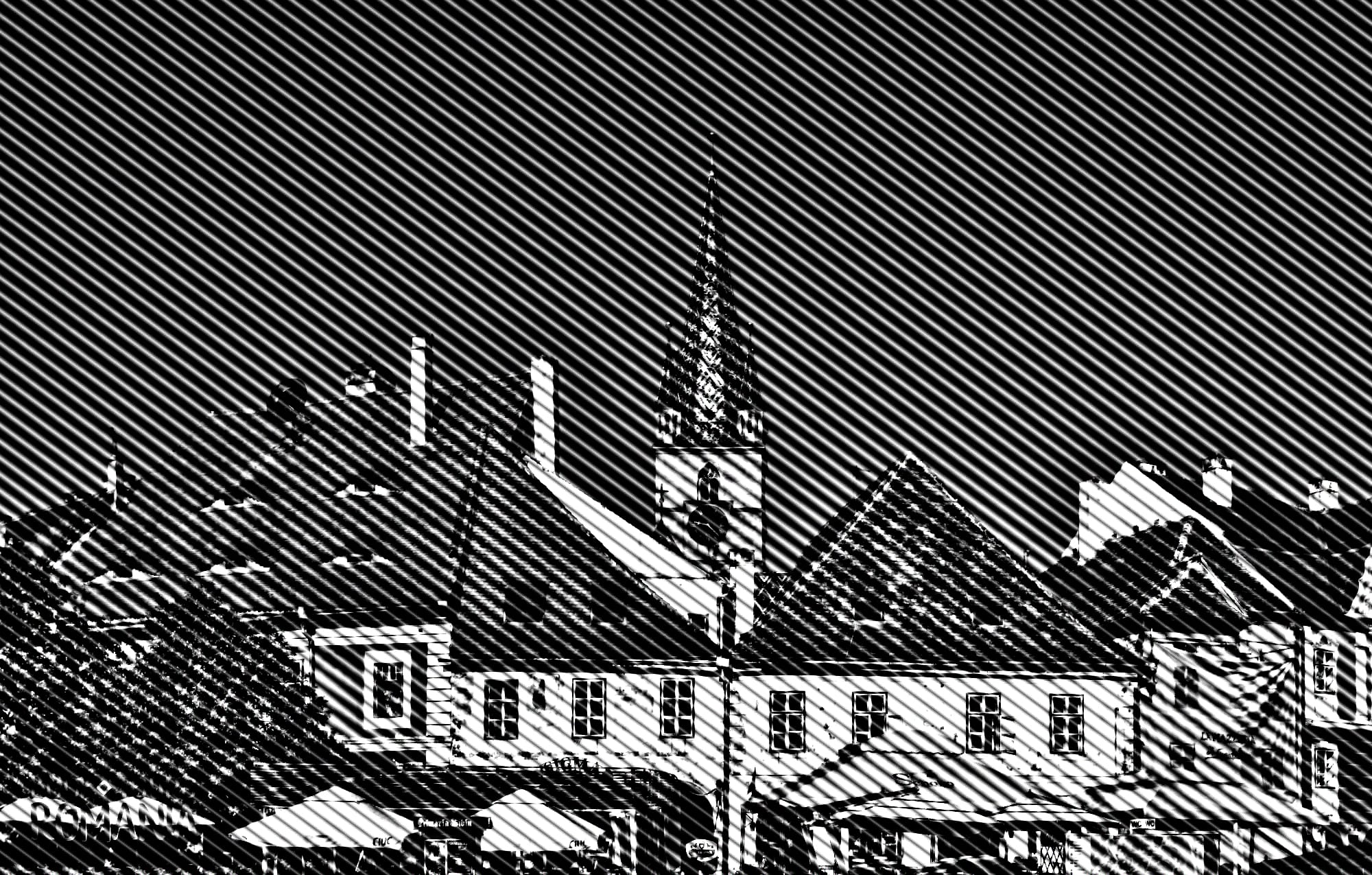
Up until the 12th century, virtue and sin were matters of private conscience.
Sin was deadly serious, of course, but not criminal.
Christendom was not yet institutionalized. There were not even parishes yet, but only so many private hamlets. The Christian communities were defined by local, private relationships in which people breathed together (conspiratio).
Around the time of the Fourth Lateran Council (1215), three things change. Oaths are re-introduced from their earlier proscription in Matthew. Marriage is codified as a sacrament, itself based on a voluntary oath between man and woman. And annual confessions are required by the Church. Virtue and sin become juridical, based no longer on conspiratio but conjuratio—that is, contracts.
What caused these changes? The Roman Catholic priest and philosopher Ivan Illich suggests that technology played a role. The horse collar is invented which, by drastically increasing the pulling power of horses, increases the distance between villages and their fields. The medieval landscape of separate, private hamlets now becomes dotted with steeples—and soon, clocks—creating a larger Christian community through visual and legal asymmetries. As Illich says toward the end of his life, in a series of interviews entitled The Rivers North of the Future, sin becomes a juridical act...
"...organized on a model or hierarchy which reaches down from the steeple into the hearts of the people, and therefore, creates a court structure far beyond what any emperor could ever have even thought of creating. This becomes even clearer when you consider the idea, which also emerges at this time of reserved sins. That is sins too grave for the local magistrate to deal with, which had to be set on to the higher magistrate, the bishop. So a juridical state structure was created, and sin was made into something that could be dealt with along the lines of criminal justice."
This attunement of diverse individuals through a social-spiritual hierarchy was the secret foundation of the modern state, which would have been unthinkable without this foundation.
The spiritual and civilizational effects of technology remain underestimated, especially when the technology creates or removes space between people, and when it changes the objects of attention that unify or separate them. When the parish aggregates the hamlet, and the ecclesiastical court aggregates the inner court, a tremendous global process can be observed. According to Illich, this technological movement finishes in the 1980s, as the bureaucratization of the world reaches saturation.
We are subsumed by systems, especially computer systems, which we cannot understand. The world does not yet have a solution, but if Illich is correct, it will have something to do with the restoration of conspiratio and a systematic reconfiguration of proximities and distances.
